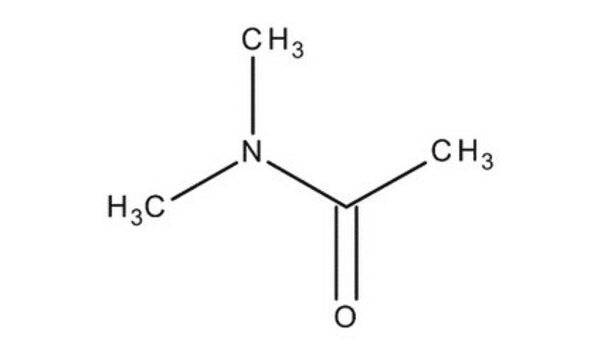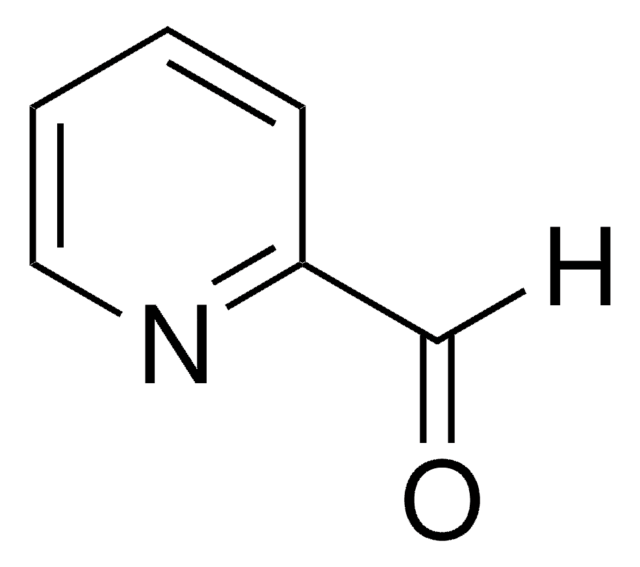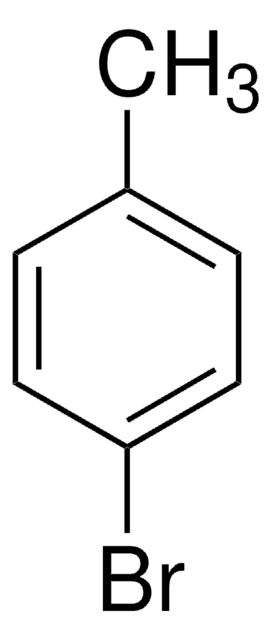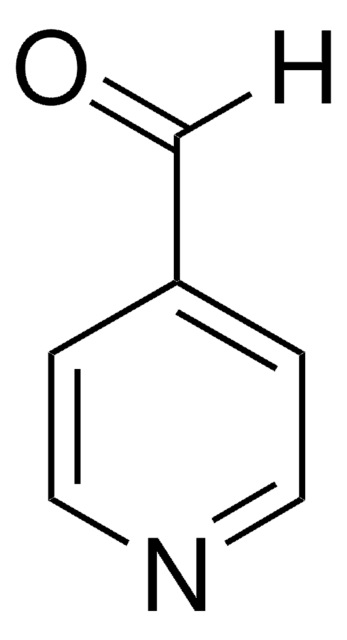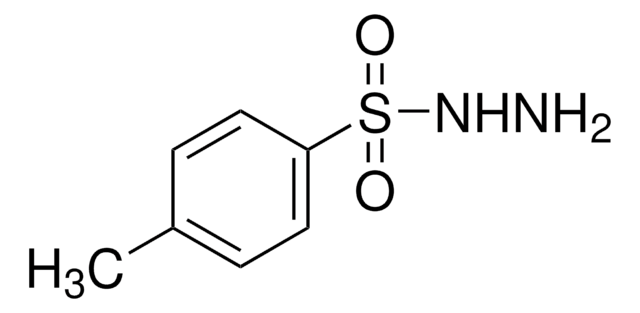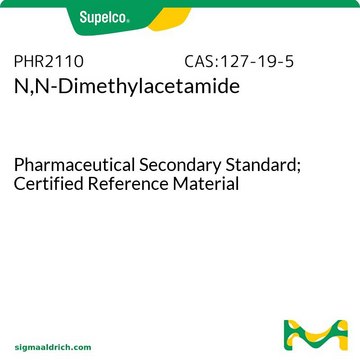185884
N,N-Dimethylacetamide
ReagentPlus®, ≥99%
Synonym(s):
DMAc
About This Item
Recommended Products
vapor density
3 (vs air)
Quality Level
vapor pressure
2 mmHg ( 25 °C)
4 mmHg ( 38 °C)
product line
ReagentPlus®
assay
≥99%
form
liquid
autoignition temp.
914 °F
expl. lim.
1.8 %, 100 °F
11.5 %, 160 °F
refractive index
n20/D 1.437 (lit.)
pH
4 (20 °C, 200 g/L)
bp
164.5-166 °C (lit.)
mp
−20 °C (lit.)
density
0.937 g/mL at 25 °C (lit.)
SMILES string
CN(C)C(C)=O
InChI
1S/C4H9NO/c1-4(6)5(2)3/h1-3H3
InChI key
FXHOOIRPVKKKFG-UHFFFAOYSA-N
Looking for similar products? Visit Product Comparison Guide
Related Categories
General description
Application
It may be used to compose the solvent system along with lithium chloride (LiCl) for the dissolution of commercial rayon grade cellulose. DMAc/LiCl solvent mixtures have been used for the preparation of chitin, cellulose and polyimide fibers and films.
Legal Information
Not finding the right product?
Try our Product Selector Tool.
signalword
Danger
hcodes
Hazard Classifications
Acute Tox. 4 Dermal - Acute Tox. 4 Inhalation - Eye Irrit. 2 - Repr. 1B
Storage Class
6.1C - Combustible acute toxic Cat.3 / toxic compounds or compounds which causing chronic effects
wgk_germany
WGK 2
flash_point_f
147.2 °F - closed cup
flash_point_c
64 °C - closed cup
ppe
Eyeshields, Faceshields, Gloves, type ABEK (EN14387) respirator filter
Choose from one of the most recent versions:
Already Own This Product?
Find documentation for the products that you have recently purchased in the Document Library.
Customers Also Viewed
Our team of scientists has experience in all areas of research including Life Science, Material Science, Chemical Synthesis, Chromatography, Analytical and many others.
Contact Technical Service



